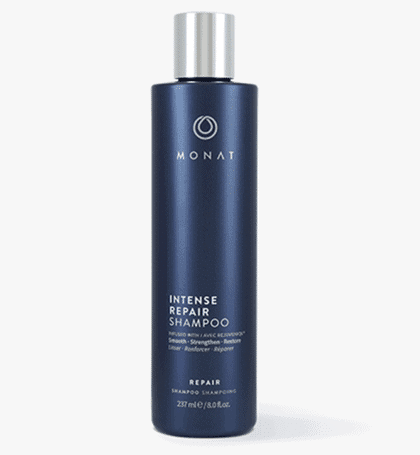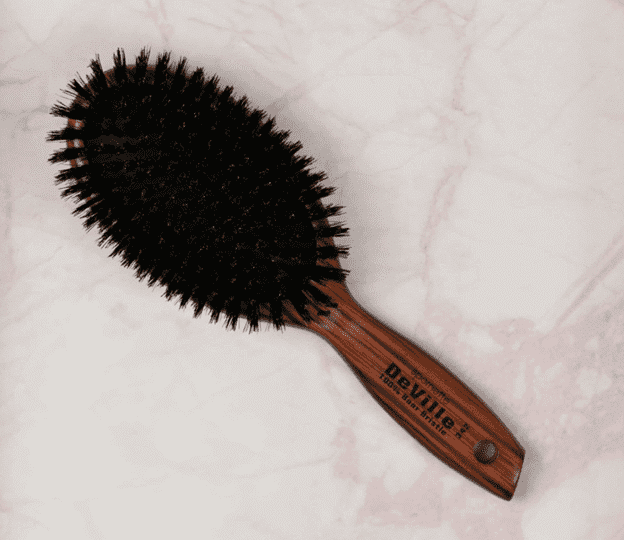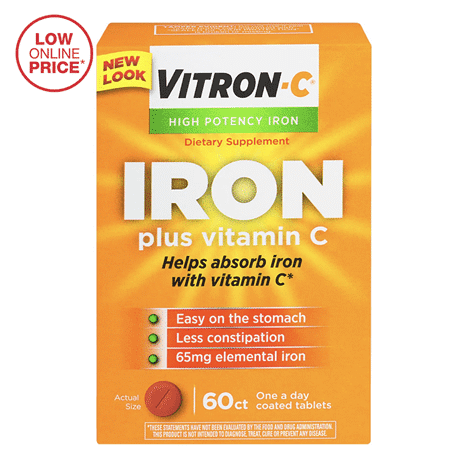Over the decades, our hair, like our skin, suffers a number of issues. I’m not just talking well-nigh the trials and tribulations sometimes associated with going grey.
As your hormones fluctuate and sooner disappear, everything from your hair’s thickness to its moisture levels can vary. Your hair may wilt much thinner, lighter and turn grey, considering your hair follicles produce less melanin.
Most people wits some hair loss as they grow older and the rate of hair growth slows as well. Your scalp may wilt visible, but hopefully your eyesight will have deteriorated, so you don’t notice.
So how do you alimony your locks looking thick and healthy as you age?
In Your 50s
The stereotype age of menopause is virtually 52, and although subtle changes to the hair can and often do occur long surpassing this, menopause speeds up the changes.
As your levels of oestrogen waif and your level of testosterone increases, the length and the diameter to which your hair will grow decreases.
Caring for Thinning Hair
Use a good quality shampoo that is formulated for white-haired hair or permed/styled hair. If the shampoo is good, you only need to use ½ to 1 teaspoon. Too much shampoo can make your hair dry and frizzy. Use a good conditioner, and only wield it on the hair, not on the scalp. You may also read this: Moving to New Home Later in Life: Preparing to Move

Monat Intense Repair Shampoo
Thinning hair is often preferably and therefore weaker, so it is important to take uneaten superintendency when styling so as not to snap strands. Choose a skim that is cushioned at the wiring with rounded, plastic prongs.

DeVille 100% Boar Cushion Brush
In Your 60s
When you hit your 60s, and as you move into your 70s, oil (sebum) secretion diminishes. This can make the hair dry and vitreous and is the most likely time for thinning hair and hair loss to surface.
Go to your doctor and have your hemoglobin levels checked. These tend to subtract during this time of life, and lowered iron levels can stupefy hair growth and diameter. Read this spanking-new article on the benefits of taking iron.
Caring for Your Hair When Iron Levels Are Low
Once a week, use a weekly intensive pre-shampoo workout treatment. It will restore moisture, strength and elasticity.
To modernize hemoglobin levels, take a daily supplement containing iron and vitamin C or your doctor may prescribe one for you.

Iron Supplement Plus Vitamin C, Coated Tablets
As many as 60 percent of women over age 70 are unauthentic by hair loss to a greater or lesser extent. Your throne has increasingly than 100,000 hairs; every day you lose 50 to 200. They are replaced by new hairs, but the replacement slows and plane stops as we age.
Hair loss that accompanies white-haired is not usually reversible. Proper hair superintendency may help slow the process. Feed your hair every couple of weeks with something like Jojoba Oil or Coconut Oil to condition and smooth the hair from the outside.
A daily hair brushing really does stimulate the diffusion in the scalp and gives your hair an instant polish! Use an oval, paddle shaped hair skim with natural or nylon bristles. Neither can hurt, and they will help.
